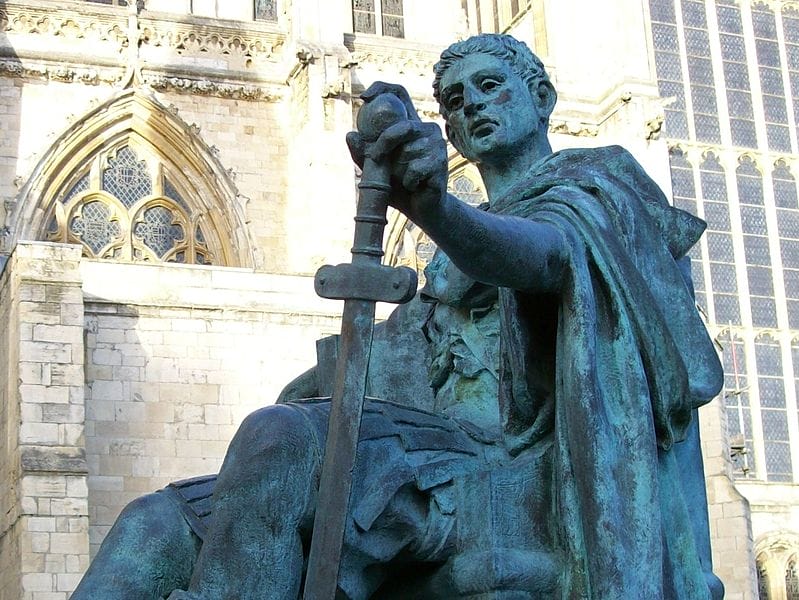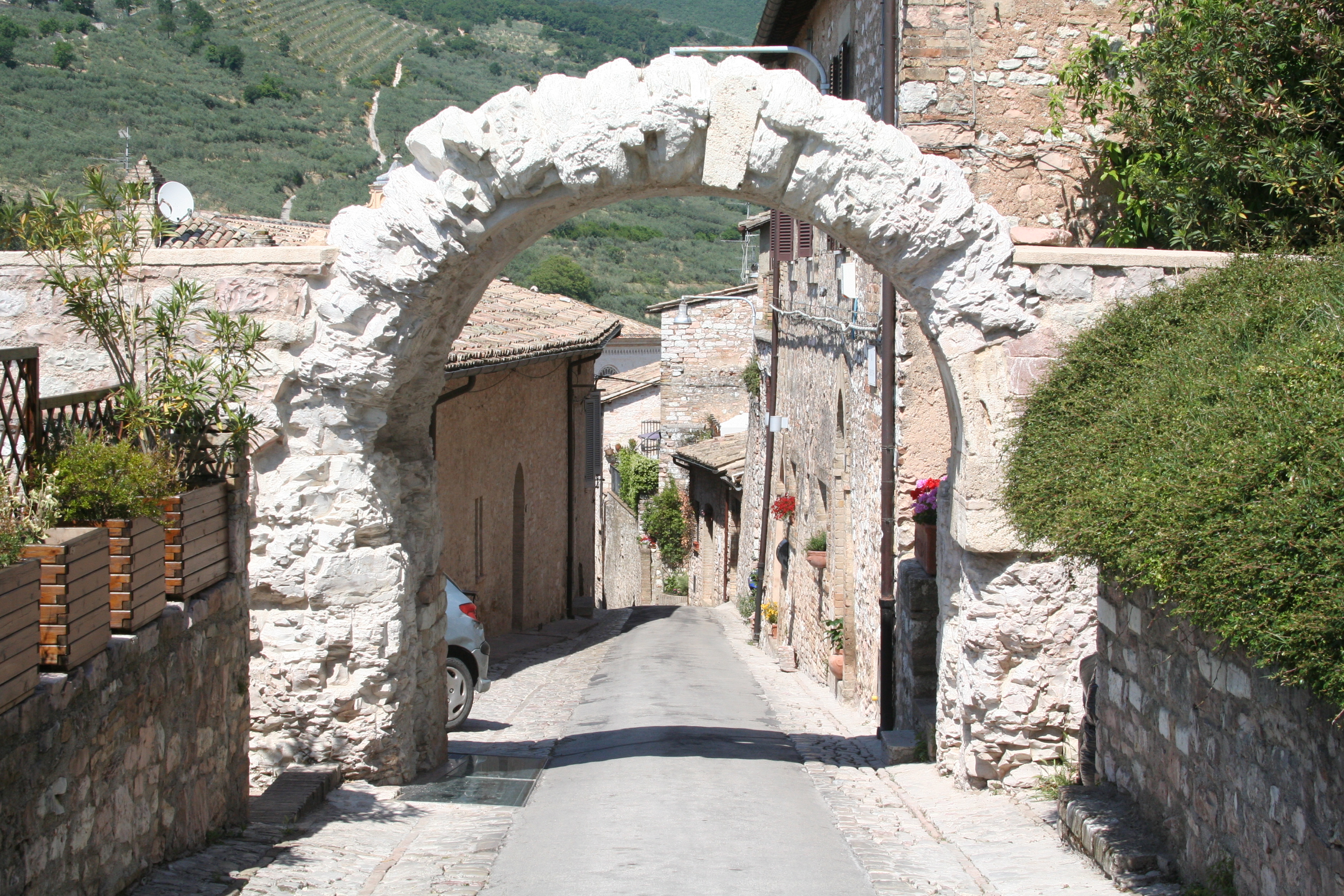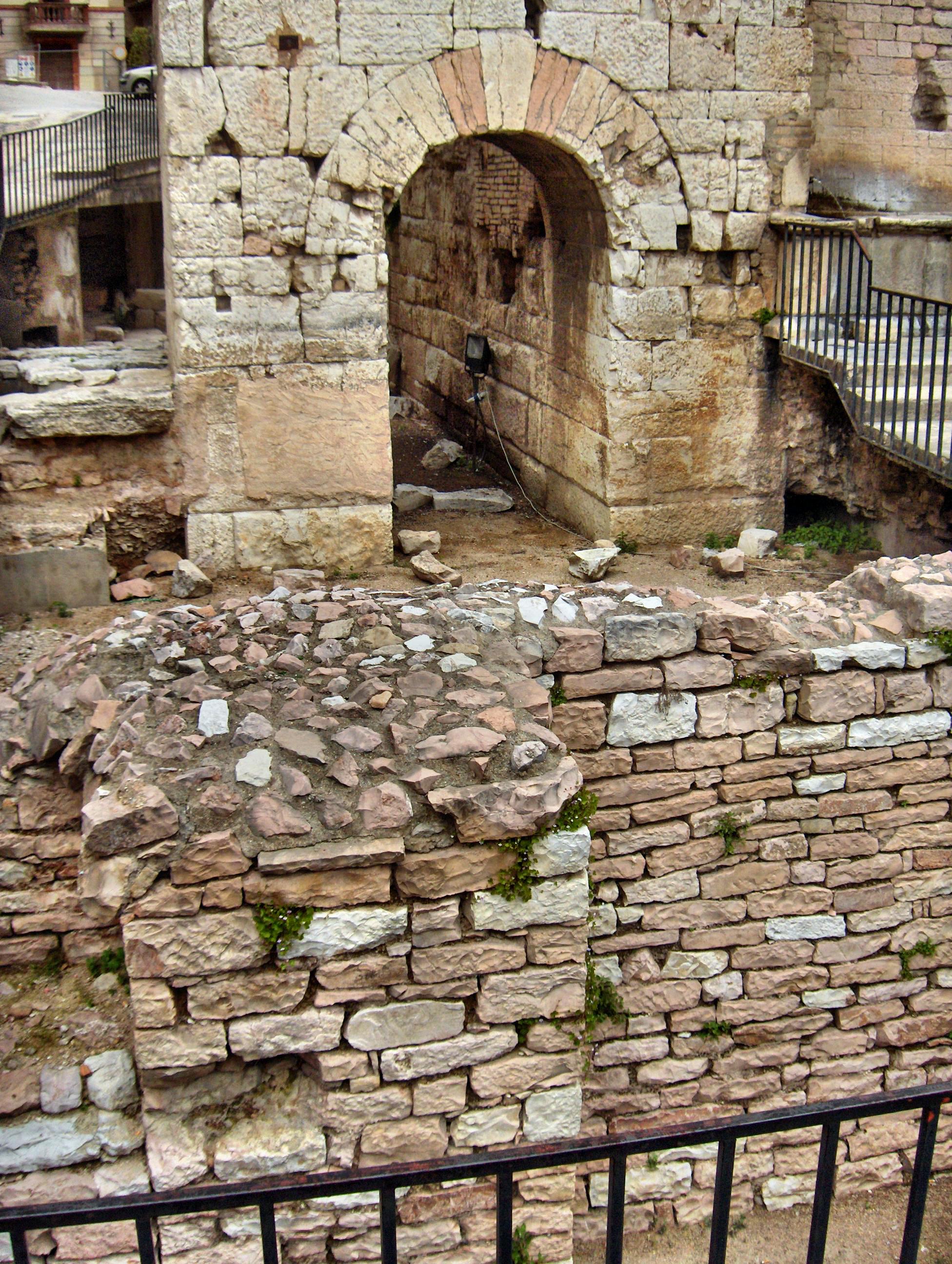In the lush hills of Umbria, nestled among the timeless beauty of Italy’s countryside, lies a hidden gem – the ancient Roman temple of Spello. The charm of ancient civilizations has always captivated the human imagination. Stories of lost cities, buried treasures, and forgotten monuments have fueled countless expeditions and archaeological endeavors. Situated near the renowned town of Assisi, it is a place where history whispers through cobbled streets and ancient walls.
This remarkable archaeological discovery has captured the imagination of scholars, historians, and enthusiasts around the world. In a region steeped in the rich tapestry of Italy’s past, the unearthing of this temple offers a rare opportunity to delve into the mysteries of ancient Rome and uncover the secrets of its religious and cultural heritage.
The Story
Like many archaeological endeavors, its discovery was not the result of a single momentous event but rather the culmination of years of meticulous research, exploration, and excavation. From the first whispers of its existence to the unveiling of its majestic ruins, the journey to uncovering the temple’s secrets has been marked by excitement, anticipation, and a profound sense of awe.
At the heart of this narrative lies the town of Spello, a place where history lies embedded in every stone and alleyway. Known for its medieval charm and artistic heritage, Spello has long been revered as a cultural hub in the Umbrian landscape. Yet, beneath its tranquil façade, the town harbors a secret that has lain dormant for centuries – a secret that promises to reshape our understanding of Italy’s ancient past.
The discovery of the Roman temple in Spello represents more than just a chance encounter with the remains of a bygone era, as it is a testament to the enduring legacy of the Roman Empire and the indelible imprint it has left on the landscape of Italy. From the grandeur of its architectural design to the intricacy of its religious symbolism, the temple stands as a silent witness to the triumphs, tragedies, and triumphs of an empire that once spanned the known world.
From the majestic columns of the temple to the faded inscriptions etched into its walls, each detail offers a compelling glimpse into the lives of those who built this sacred space. Let’s unravel the mysteries of the ancient Roman temple of Spello, piecing together fragments of the past to construct a narrative that spans millennia.

The Discovery
The story of the ancient Roman temple in Spello begins with a stroke of luck and the diligent efforts of archaeologists. In 2023., during routine excavations in the area, a team of researchers stumbled upon the remains of a monumental structure hidden beneath layers of earth and time. What emerged from the ground was nothing short of extraordinary – the foundations of a temple adorned with intricate carvings, towering columns, and the unmistakable aura of ancient grandness.
Initial assessments of the site suggested that it was a place of worship dedicated to the Roman gods, a testament to the spiritual enthusiasm and architectural ingenuity of the era. The temple’s dimensions and layout gradually took shape as excavation efforts continued, revealing a harmonious blend of classical design principles and appreciation for divine entities.
A team of archaeologists, led by Douglas Boin, Ph.D., embarked on a mission to explore the historical richness of the region. A 4th-century inscription attributed to emperor Constantine, which was found in the 18th century and has remained on display in the town hall was this team of archeologists’ main lead regarding the area where to perform excavations.
First examinations indicated that the site bore the hallmarks of a pagan temple, distinguished by its imposing columns, intricate friezes, and a sense of architectural symmetry characteristic of the era. As excavation efforts intensified, the true extent of the temple’s magnificence became increasingly apparent, drawing the attention of scholars, historians, and enthusiasts from around the world.
Architectural Splendor
The architectural features of the Roman temple in Spello offer more than just a glimpse into the past – it provides a comprehensive narrative of ancient Roman civilization. They are showcasing the mastery of Roman craftsmen and the enduring appeal of classical aesthetics. At its core, the temple embodies the principles of symmetry, proportion, and harmony that defined Roman architectural style.
The façade of the temple, adorned with a colonnade of Corinthian columns, exudes an air of majesty and solemnity. Each column, meticulously carved from local stone, stands as a testament to the skill and craftsmanship of ancient artisans. The entablature above, decorated with intricate friezes and pediments, speaks to the importance of ornamentation in Roman religious architecture, serving as a visual expression of divine reverence.
Fragments of statues, votive offerings, and inscriptions found within the site provide valuable clues about the identity of the deity venerated by the ancient inhabitants of Spello. While the specifics may vary, the overarching theme of religious devotion permeates every corner of the temple, underscoring its significance as a sacred space in the Roman world.

Religious Significance
Like many other cultures of the time, the Romans placed great importance on piety, ritual, and the propitiation of divine forces. Temples served as focal points for religious observance, offering a sanctuary where worshippers could commune with the gods and seek their favor. The choice of location for the temple was not arbitrary but deeply symbolic. Situated in the heart of Spello, the temple occupied a central position within the urban landscape, serving as a tangible expression of divine presence amidst the bustle of everyday life. Its proximity to other civic and religious structures further underscored its significance as a focal point for communal gatherings, festivals, and ceremonies.
The dedication of the temple to a specific deity reflects the polytheistic nature of Roman religion, characterized by a diverse pantheon of gods and goddesses, each associated with various aspects of life and the natural world. Whether it was Jupiter, Juno, Venus, or Mars, the deity venerated at the temple held sway over the fortunes of the community, offering protection, prosperity, and divine favor to those who paid homage.
Cultural Context
Beyond its religious significance, the Roman temple in Spello provides valuable insights into the cultural and social dynamics of ancient Italy. The construction of such monumental structures required not only skilled labor but also significant resources and communal effort. From the quarrying of stone to the sculpting of marble, every aspect of temple construction was a testament to the wealth, power, and ambition of the Roman Empire.
The temple served as a nexus of cultural exchange, where ideas, beliefs, and artistic influences converged. The architectural style of the temple, with its blend of Greek, Etruscan, and indigenous elements, reflects the multicultural milieu of ancient Italy, shaped by centuries of migration, conquest, and trade. The discovery of the temple also highlights the enduring legacy of Roman civilization in modern-day Italy. Despite the passage of millennia, the imprint of Roman culture can still be seen in the language, law, art, and architecture of the region, serving as a reminder of the empire’s lasting impact on Western civilization.
Preservation and Interpretation
In the wake of its discovery, efforts to preserve and interpret the Roman temple in Spello have been paramount. Conservationists, archaeologists, and local authorities have collaborated to ensure the site’s protection against natural erosion, vandalism, and encroaching urbanization. Besides that, initiatives aimed at contextualizing the temple within its historical and cultural framework have been undertaken. Interpretive signage, guided tours, and educational programs offer visitors an immersive experience, allowing them to delve into the complexities of Roman society, religion, and architecture.
Ongoing research endeavors seek to deepen our understanding of the temple’s significance, employing advanced techniques such as 3D modeling, digital reconstructions, and interdisciplinary collaborations. By harnessing modern technology and scholarly expertise, scholars hope to unravel the mysteries enshrined within the ancient stones of Spello.
Legacy and Impact
The discovery of the ancient Roman temple in Spello resonates far beyond the confines of Umbria, leaving an unforgettable mark on our understanding of history and heritage. Its significance extends beyond mere archaeological curiosity, serving as a reminder of the enduring legacy of the Roman Empire and its profound influence on Western civilization.
For the people of Spello and neighboring communities, the temple represents a source of pride and identity, reaffirming their connection to a shared past and cultural heritage. It serves as a symbol of resilience and continuity, bridging the gap between antiquity and the present day. The temple’s discovery has sparked renewed interest in the study of Roman archaeology, attracting scholars, students, and enthusiasts to delve deeper into the mysteries of the ancient world. Its impact resonates in academic circles, inspiring new research avenues and interdisciplinary collaborations aimed at unraveling the complexities of Roman civilization.

Testament to the Legacy of the Roman Empire
As we draw the curtains on our exploration of the ancient Roman temple discovered in Spello, near the enchanting town of Assisi, we are left with a profound appreciation for the enduring legacy of the Roman Empire and the timeless allure of Italy’s cultural heritage. Through the lens of archaeology, history, and imagination, we have embarked on a journey through time, tracing the footsteps of ancient Romans as they worshipped, celebrated, and communed with their gods.
The discovery of the ancient Roman temple in Spello represents more than just a remarkable archaeological find; it is a testament to the enduring legacy of the Roman Empire and the richness of Italy’s cultural heritage. Through its architectural splendor, religious significance, and cultural context, the temple offers a glimpse into the past, inviting us to ponder the mysteries of antiquity and reflect on the timeless truths that transcend the boundaries of time and space.
People Also Ask:
Is there a pagan temple in Spello?
The ruins of an ancient Roman pagan temple have been uncovered by a team of archaeologists in Spello, a hilltop town in northern Italy. At the site, which is located near a religious sanctuary, researchers identified three walls that are part of a massive structure with four-foot-wide foundations.
Are there any Roman temples left?
Some remains of many Roman temples still survive, above all in Rome itself, but the relatively few near-complete examples were nearly all converted into Christian churches (and sometimes subsequently to mosques), usually a considerable time after the initial triumph of Christianity under Constantine.
Where is the biggest Roman temple in the world?
The Temple of Jupiter is a colossal Roman temple, the largest of the Roman world, situated at the Baalbek complex in Heliopolis Syriaca in modern Lebanon. The temple served as an oracle and was dedicated to Jupiter Heliopolitanus.
What famous temple was built in Rome?
The Pantheon is known to be the most well-preserved and most popular of all the temples in Rome. This incredibly beautiful temple was constructed back in 126 AD and is dedicated to the Roman gods and goddesses. It has an enormous circular portico and a rotunda covered with a huge dome.
What is the history of Spello?
The origin of Spello is very ancient. It was founded by the Umbri, pre-Roman people, and then enjoyed great splendor under the Romans. In this period, it was renamed Hispellum and appeared in denominations such as Splendidissima Colonia Julia (by Julius Caesar) and Flavia Costante (by Constantine).
Hello, my name is Vladimir, and I am a part of the Roman-empire writing team.
I am a historian, and history is an integral part of my life.
To be honest, while I was in school, I didn’t like history so how did I end up studying it? Well, for that, I have to thank history-based strategy PC games. Thank you so much, Europa Universalis IV, and thank you, Medieval Total War.
Since games made me fall in love with history, I completed bachelor studies at Filozofski Fakultet Niš, a part of the University of Niš. My bachelor’s thesis was about Julis Caesar. Soon, I completed my master’s studies at the same university.
For years now, I have been working as a teacher in a local elementary school, but my passion for writing isn’t fulfilled, so I decided to pursue that ambition online. There were a few gigs, but most of them were not history-related.
Then I stumbled upon roman-empire.com, and now I am a part of something bigger. No, I am not a part of the ancient Roman Empire but of a creative writing team where I have the freedom to write about whatever I want. Yes, even about Star Wars. Stay tuned for that.
Anyway, I am better at writing about Rome than writing about me. But if you would like to contact me for any reason, you can do it at contact@roman-empire.net. Except for negative reviews, of course. 😀
Kind regards,
Vladimir
